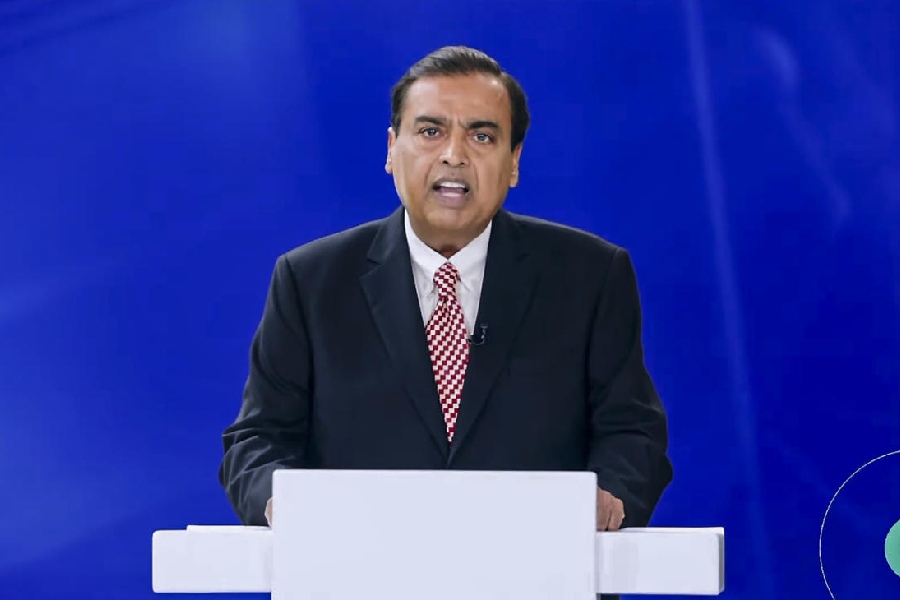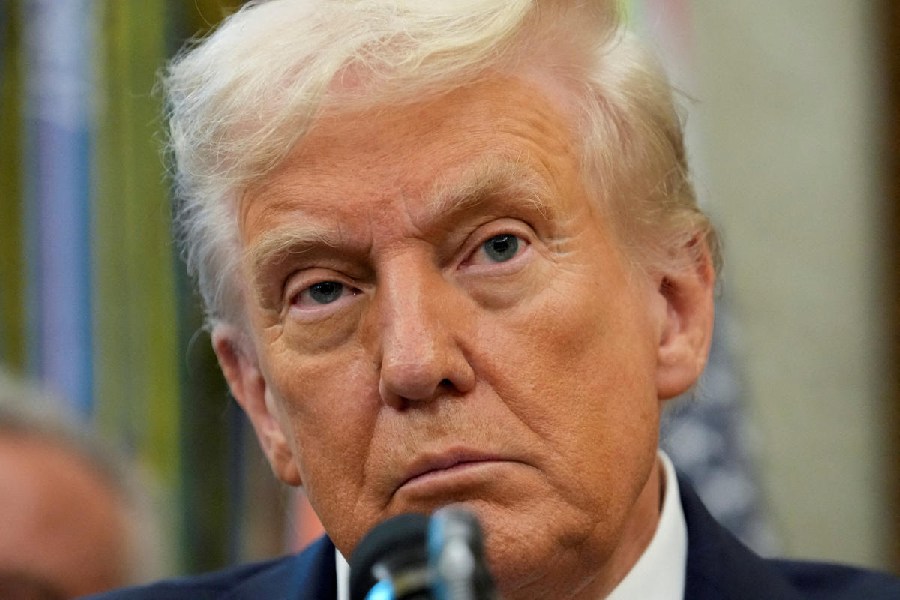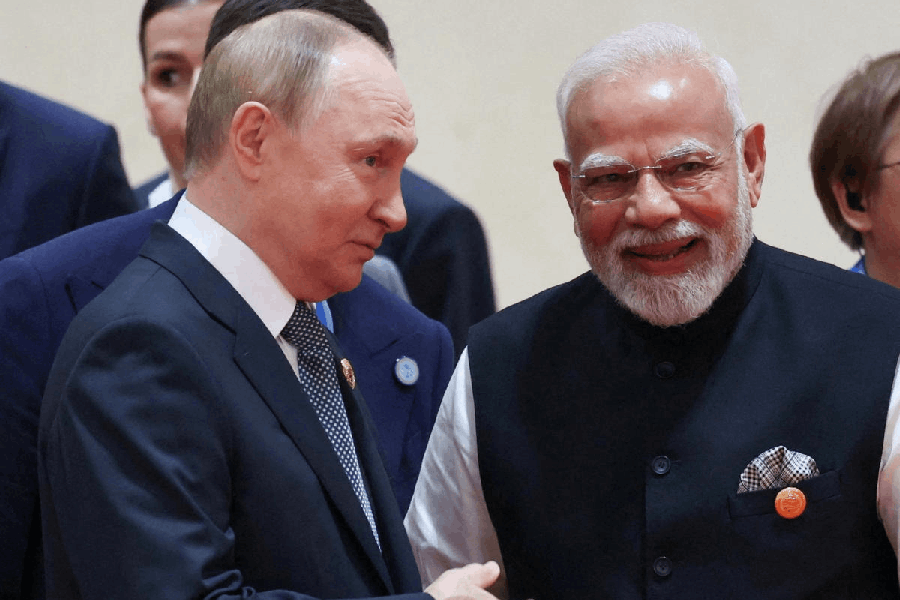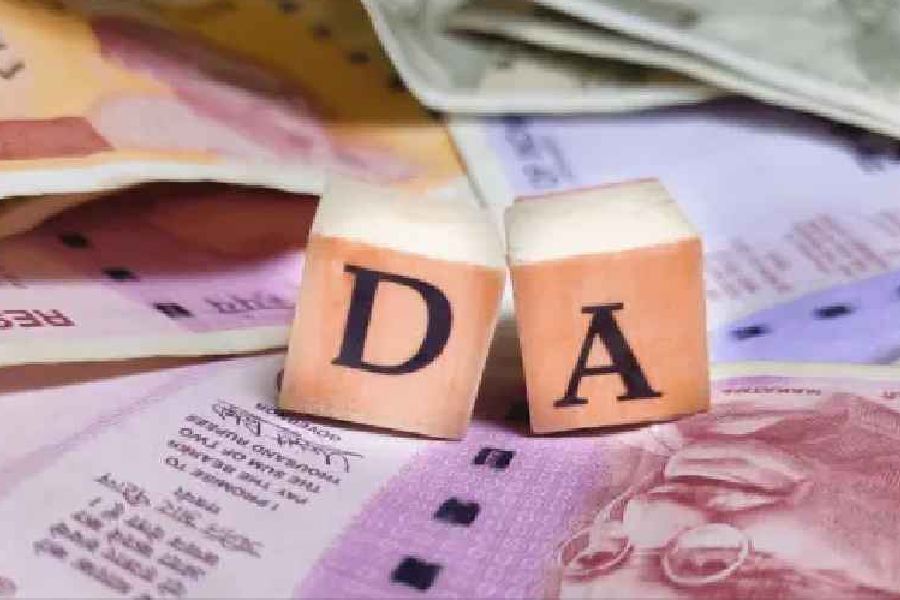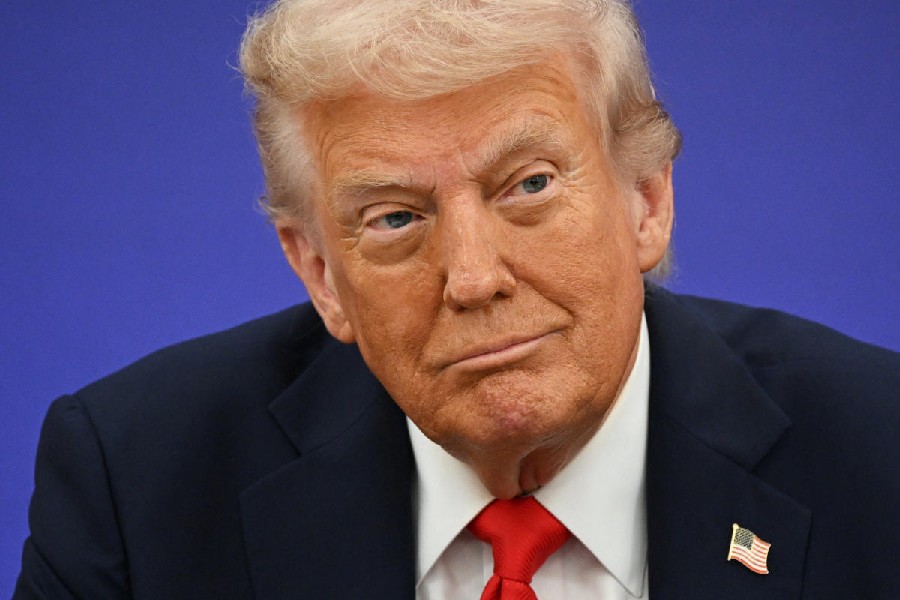New Delhi: Whenever more than one candidate secures the same mark in this year's Joint Entrance Examination Advanced, whoever has secured the higher "positive marks" will be ranked higher, the IITs have said.
Many questions in the JEE Advanced, which determines BTech admission to these premier institutes, punish wrong answers with negative marks to dissuade the examinees from resorting to guesswork.
Till last year, the IITs used to break a tie by awarding a higher rank to the candidate with the higher score in the mathematics paper. If the tie still persisted, the higher score in physics decided the higher rank.
This year, too, these two provisions will come into play if the positive-marks formula fails to break the tie. If there's still a tie after exhausting the three steps, the candidates will be assigned the same rank.
The new tiebreaker formula is better than the earlier one and will reward examinees who answer "more confidently", an IIT Delhi teacher said.
When multiple examinees score the same marks, "candidates having higher positive marks will be awarded higher rank", says the Frequently Asked Questions (FAQs) put out on the JEE Advanced website last week.
Many questions in the exam carry negative marks for wrong answers as a deterrent against guesswork. Since students involved in a tie with more positive marks will necessarily also have more negative marks, the new formula will reward risk-taking rather than playing it safe.
"The IITs should now disclose the break-up of positive and negative marks of each student," the IIT Delhi teacher added.
If the positive-marks formula fails to break the tie, the old method of awarding higher ranks to candidates with the higher score in mathematics and, failing that, in physics will come into play. If the tie still persists, the candidates will be assigned the same rank.
IIT Kharagpur teacher and former JEE Advanced chairperson M. Panigrahi said the JEE Main had long been following a tiebreaker formula based on positive marks.
He added that the IITs need to create additional seats if multiple students with the same rank vie for the last seat in a particular branch and institute. With an additional tiebreaker formula this year, the need to create extra seats may be reduced.
This year, the JEE Advanced will switch from paper to become a computer-based test. This will allow candidates to view the questions in both English and Hindi.
"The candidate can also switch between English or Hindi language as the viewing language of any question, anytime during the entire period of examination," the FAQ said. The examinees will also have the option of changing their previously saved answer to any question anytime during the test.
Like earlier, the examinees will be given scribbling pads for rough work but must return them after the test.
The exam will be held on May 20. By 10am on May 25, every candidate will receive a digitised copy of the question paper and their answer sheet via email.
Earlier, they could take the hard copy of the question paper home from the exam centre and received a digitised copy of the answer sheet a few days later.
Some 2.24 lakh among the top scorers in the JEE Main will be allowed to take the JEE Advanced, which will decide admissions to the 11,000-odd BTech seats in the 23 IITs.





